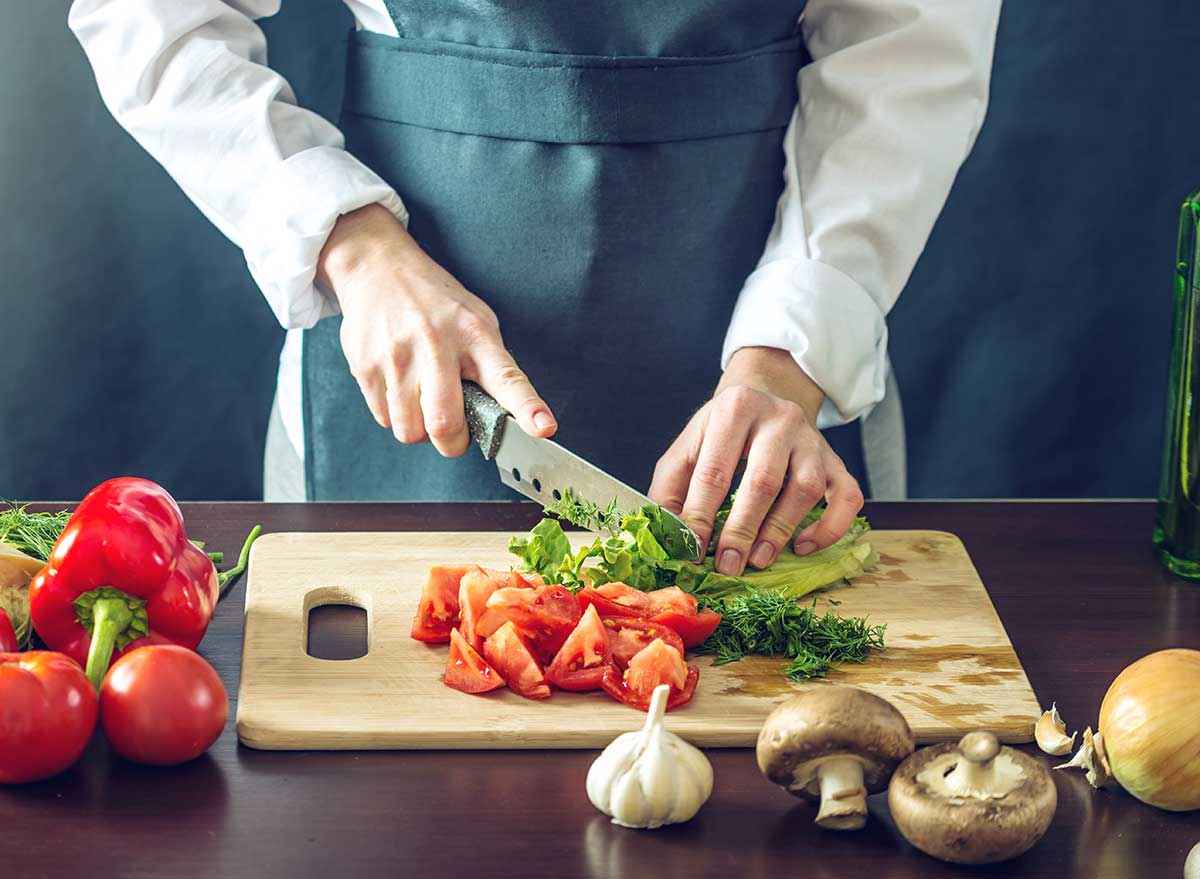How thick should a wood cutting board be for BBQ Lovers?
Written By James Morgan
For barbecue enthusiasts, the choice of cutting board is not just a matter of aesthetics but also of functionality. Whether you are slicing through a juicy brisket or chopping vegetables for a fresh salad, the thickness of your wood cutting board can make a significant difference.
In this article, we will explore the key factors that should influence the thickness of your wood cutting board. We'll delve into why thickness matters, what options are available, and how to choose the right one for your BBQ needs. Let's get into the meat of the matter - literally!

Why Thickness Matters
When it comes to wood cutting boards, thickness is not merely a cosmetic feature. It affects durability, stability, and usability. A thick cutting board is more likely to withstand heavy chopping without warping or cracking. Moreover, it provides a stable surface, reducing the risk of accidents.
On the other hand, a thin board may be lighter and easier to handle but can quickly become a victim of wear and tear. For barbecue enthusiasts who often deal with heavy-duty cutting, a thicker board offers the necessary robustness.

Standard Thickness Options
Wood cutting boards come in various thicknesses, typically ranging from 0.75 inches to over 2 inches. Let's break down these options:
1. Thin Boards (0.75 - 1 inch)
Thin boards, usually around 0.75 to 1 inch thick, are lightweight and easy to maneuver. They are ideal for casual cooking tasks such as slicing fruits and vegetables. However, they may not hold up well under the pressure of heavy chopping.
2. Medium Boards (1 - 1.5 inches)
Medium-thick boards offer a balance between durability and ease of handling. With a thickness of about 1 to 1.5 inches, they can handle moderate chopping tasks. These boards are a good middle-ground option for barbecue enthusiasts.
3. Thick Boards (1.5 - 2 inches and above)
Thick cutting boards, ranging from 1.5 to over 2 inches, are designed for heavy-duty tasks. They are extremely durable and provide a stable surface for aggressive chopping and slicing. For BBQ lovers, investing in a thick board ensures longevity and robust performance.

Materials and Their Impact
While thickness is vital, the type of wood used also plays a significant role. Hardwoods like maple, walnut, and cherry are popular choices due to their durability and resistance to knife marks.
However, within these types, the thickness can vary. Regardless of the wood type, a thicker board generally means a longer lifespan and better performance. For some insights on different types of materials, check out Cutting Board Colors.

Maintenance Tips for Longevity
Owning a thick wood cutting board also means that you must invest time in proper maintenance. Regularly oiling your board keeps the wood conditioned and prevents it from drying out and cracking. Check out these helpful tips on cleaning and maintaining wood cutting boards.
To know more about conditioning and how to do it right, visit our detailed guide on how to condition cutting board.
Frequently Asked Questions
1. Does the thickness of a wood cutting board affect its price?
Yes, thicker cutting boards generally cost more due to the larger amount of material used. However, they are usually more durable and last longer.
2. Are thicker cutting boards harder to clean?
Not necessarily. The cleaning process is similar regardless of thickness. However, thicker boards might be heavier to handle.
3. What's the best wood type for thick cutting boards?
Hardwoods like maple, walnut, and cherry are excellent options. They provide durability and can withstand heavy chopping tasks.
As an Amazon Associate, I earn from qualifying purchases.



